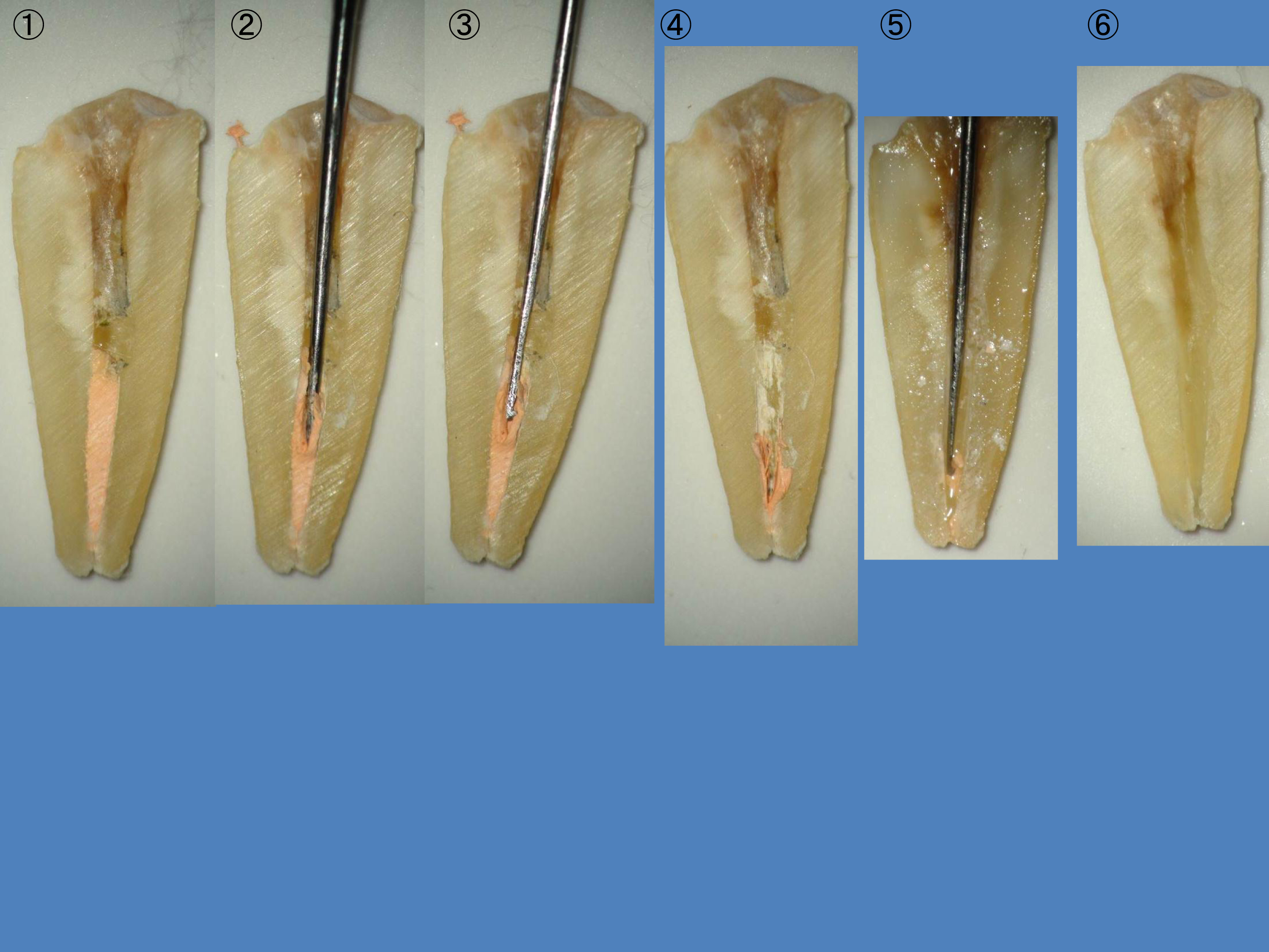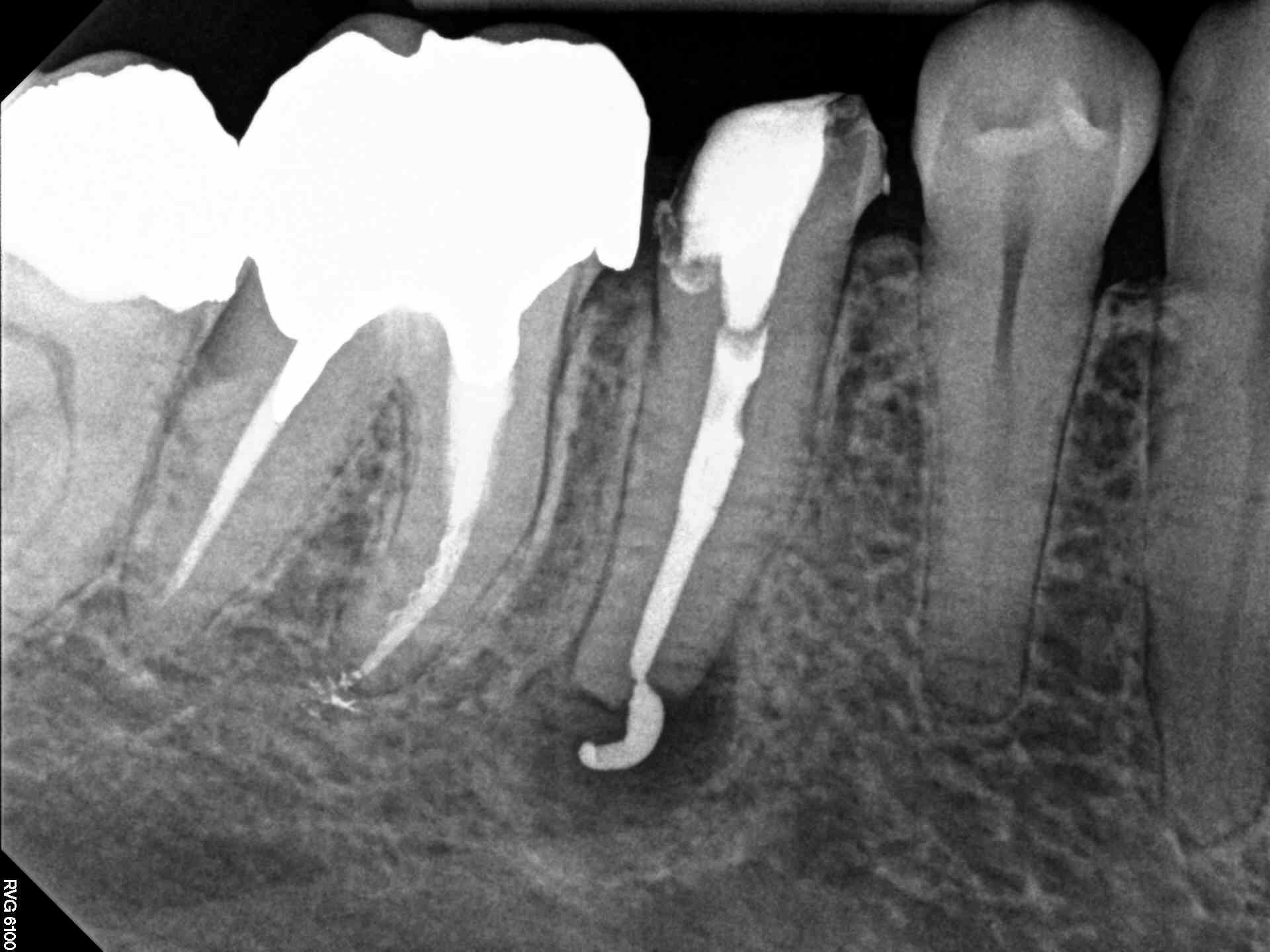Non Surgical Endodontics is a Therapy with a High Success Rate.Unfortunately,Some Cases Present with Endodontic Failures.To Save these teeth,the Practitioner Must Determine the Most Appropriate next course of Treatment.The Endodontic Options are Nonsurgical Retreatment,Surgical Endodontics,or combined Therapy Consisting of both Nonsurgical and Surgical Treatment.
It is Crucial to Understand that a True Endodontic Failure can always be attributed to the Presence of Bacteria in the Canal System or in the Periradicular Tissues.The Practitioner should determine the likely Source of Bacteria. Bacterial Removal and Elimination of Infection are the Ultimate Goals of a Successful Retreatment.This is done through Proper Diagnostic Testing,Radiographic Assessment and Clinical Judgment.
Remember that Some Cases appear to be Endodontic Failures but are actually caused by other Factors,including Fractures and Periodontal Disease.Once the etiology has been identified,the Proper Treatment Plan can occur.

Nonsurgical Endodontic Retreatment
Nonsurgical Retreatment is Generally the Preferred Treatment for Failing Root Canal Therapy.It is Most Effective in cases when the Etiology can be addressed through an Orthograde Approach.Teeth with Poor Obturation,Missed Canal Space,and Coronal Leakage should be Retreated Nonsurgically First.
Demonstrates a case with Failing Endodontic Therapy.The Mesial Canals show Inadequate Obturation,and a Periradicular Radiolucent Area is Apparent.The Tooth was Retreated.Note the Resolution of the Radiolucency.This Case Demonstrates the Concept of Removing the Etiology of the Bacteria with Nonsurgical Treatment.

Endodontic Surgery
There are cases that present with restorative or intracanal impediments,rendering retreatment a poor choice. Removal of large restorations or posts may leave the tooth nonrestorable.Some separated instruments,especially those located in the apical third,may not be able to be retrieved or bypassed.Often canals are ledged or transported in a manner that makes them inaccessible.
In these examples,the etiology of the failure will not be addressed through nonsurgical retreatment.Endodontic surgery is the next option.While this approach does not treat the entire canal system,current surgical techniques and materials can address 6 mm or more of the canal system and offer a high success rate.
Demonstrates a common pitfall of surgery.In this animation the source of bacteria persists in spite of an apical seal.Note the choice to approach this case surgically due to the extensive restoration and adequate root canal
Combined Therapy
In Some Instances.Nonsurgical Retreatment alone is not Sufficient.In Cases with Persistent Disease a Surgery may be the Necessary Procedure.If Bacteria have gained access to the Periradicular Tissues.Surgery will be Necessary.Remember that the goal is to determine the source of the Failure.There may be Bacteria in the Canal System as well in the Periradicular Space.These cases will Often Present with Abscess Formation.In Addition, Cases with Large Lesions will Often Require Surgical Intervention.Cases with Canal Transportation.Ledges, Zipping,Overfills and Perforation are all Iatrogenic Errors that may be Best Handled with a Combined approach.This Combined Approach can Improve the Outcome.The Advantage to Combined Therapies is the Management of the Entire Canal system from a Coronal and Apical Approach.This Helps to Ensure the Removal of the Bacterial Etiology and Complete seal.
Endodontic retreatment and Surgery are Predictable Procedures that Allow Our Patients to Maintain their Teeth. As with any Procedure,the Correct Diagnosis and Understanding of each Treatment Indications and Limitations will Help Guide the Decision Process.

